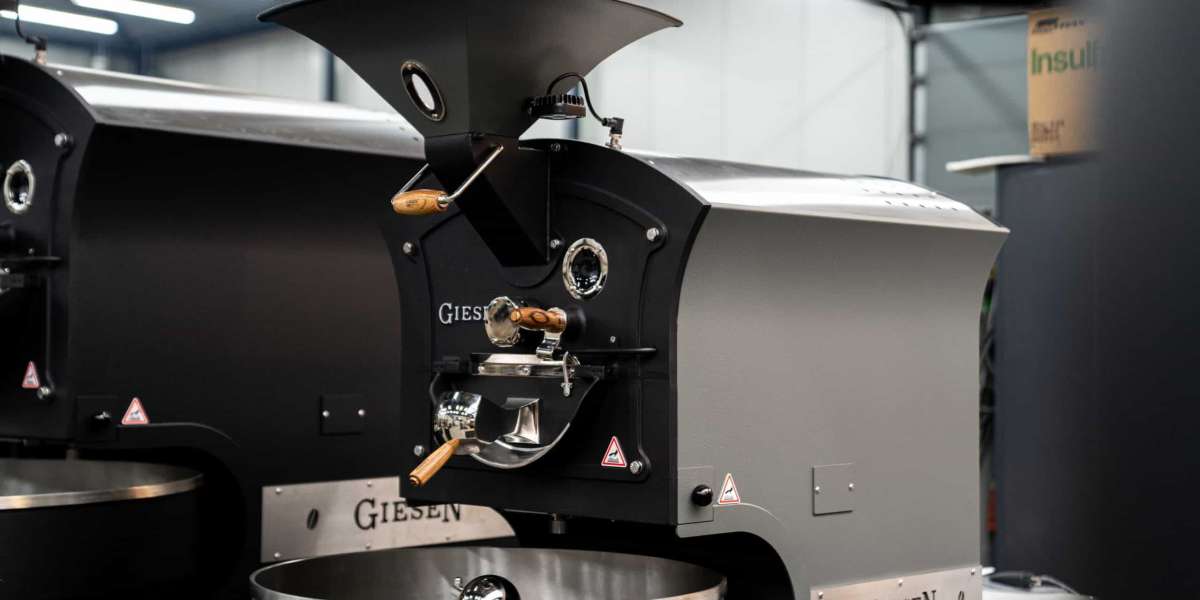Mastering the art of coffee roasting hinges on having the right equipment, and a sample coffee roaster serves as a valuable asset for both novices and seasoned roasters. However, achieving optimal results demands more than just activating the machine and hoping for the best. To unlock the full potential of your sample coffee roaster, consider these seven practical tips:
Firstly, familiarize yourself with the roaster's functionalities and settings to optimize your roasting process. Next, experiment with various roasting profiles to find the perfect balance of temperature, airflow, and duration for different coffee bean varieties. It's also essential to document your roasting experiments meticulously, noting the parameters used and the corresponding results for future reference.
1. Understand Your Roaster's Capabilities
Before delving into the roasting process, take the necessary time to thoroughly comprehend the capabilities of your sample coffee roaster. Familiarize yourself with its heating elements, airflow settings, and control mechanisms. Since each roaster functions uniquely, understanding how to manipulate these variables will enable you to achieve precise and consistent roasting outcomes. Refer to the user manual provided by Coffee Pro Direct for comprehensive insights into your specific roaster model. By grasping the intricacies of your equipment, you'll be better equipped to navigate the roasting journey with confidence and finesse, ensuring that each batch of coffee beans is roasted to perfection.
2. Start with Small Batches
When embarking on experimentation with your sample roaster, it's advisable to commence with small batches of green coffee beans. This approach facilitates easier adjustments and minimizes potential waste in case a batch doesn't meet expectations. Moreover, smaller batches promote more uniform roasting and afford greater control over the process. As you grow accustomed to your roaster, you can gradually augment batch sizes to align with your requirements. This incremental approach allows for a smoother learning curve and enhances your ability to fine-tune roasting parameters over time. By starting small and gradually scaling up, you can optimize your roasting experience while minimizing the risk of errors and maximizing the potential for exceptional results.
3. Monitor Temperature Carefully
Temperature control plays a crucial role in coffee roasting, and this principle extends to sample roaster as well. It's imperative to closely monitor both the bean temperature and the environment temperature throughout the roasting process. Investing in a dependable digital thermometer enables you to accurately track these variables and make necessary adjustments as required. Consistently managing temperature is essential for achieving the desired roast profile and fostering optimal flavor development in your coffee beans. By maintaining precise temperature control, you can ensure consistency in your roasts and unlock the full potential of each batch of beans, resulting in a more refined and satisfying coffee experience for yourself and your customers.
4. Embrace Trial and Error
Roasting coffee is both an art and a science, and honing your technique often entails a series of trial and error. Embrace experimentation by exploring various roast profiles, airflow settings, and roast durations without hesitation. It's crucial to maintain detailed records of each roast, documenting parameters such as batch size, temperature profiles, and tasting notes. This meticulous approach allows you to track your progress and gain insights into how different variables influence the final product. With time and experience, you'll develop a deeper understanding of the nuances of coffee roasting, enabling you to refine your technique and consistently produce exceptional results.
5. Focus on Even Development
A common challenge encountered in sample roasting is achieving uniform bean development. To tackle this issue effectively, it's vital to focus on airflow and agitation during the roasting process. Ensuring consistent movement of the beans within the drum or chamber promotes even heat distribution. Adjust airflow settings as necessary to prevent the formation of hot spots and guarantee uniform roasting of all beans. Consistency in bean development is paramount for producing coffee of exceptional quality. By prioritizing attention to airflow and agitation, you can enhance the overall consistency and quality of your roasted beans, resulting in a more satisfying coffee experience for yourself and your customers.
6. Take Notes and Refine Your Process
As you accumulate experience with your sample roaster, it's valuable to take comprehensive notes following each roast session. Document your observations regarding aroma, color, bean size, and flavor characteristics meticulously. Utilize these notes as a reference to refine your roasting process and implement informed adjustments for subsequent batches. Over time, you'll cultivate a collection of roast profiles tailored to various coffee origins and flavor profiles. This systematic approach allows for continuous improvement and ensures consistency in the quality of your roasted beans. By diligently recording and analyzing your observations, you'll refine your skills as a roaster and enhance your ability to produce coffee that embodies the desired characteristics and flavors. Visit Coffee Pro Direct to explore a range of sample roasters and other equipment to support your coffee roasting journey.
7. Practice Regular Maintenance
To ensure your sample coffee roaster operates at its best, prioritize regular maintenance and cleaning practices. Adhere to the manufacturer's guidelines for cleaning the drum or chamber, chaff collector, and exhaust system. Routinely inspect for any signs of wear or damage, replacing worn parts promptly. Consistent maintenance not only prolongs the lifespan of your roaster but also guarantees uniform roasting outcomes.
In summary, mastering the art of sample coffee roasting demands patience, practice, and meticulous attention to detail. By comprehending your roaster's capabilities, starting with small batches, meticulously monitoring temperature, embracing experimentation, prioritizing even bean development, maintaining detailed records, and implementing regular maintenance, you can optimize the performance of your sample roaster and unlock a myriad of flavor possibilities. With dedication and perseverance, you'll soon be crafting exceptional coffee with confidence and precision.



